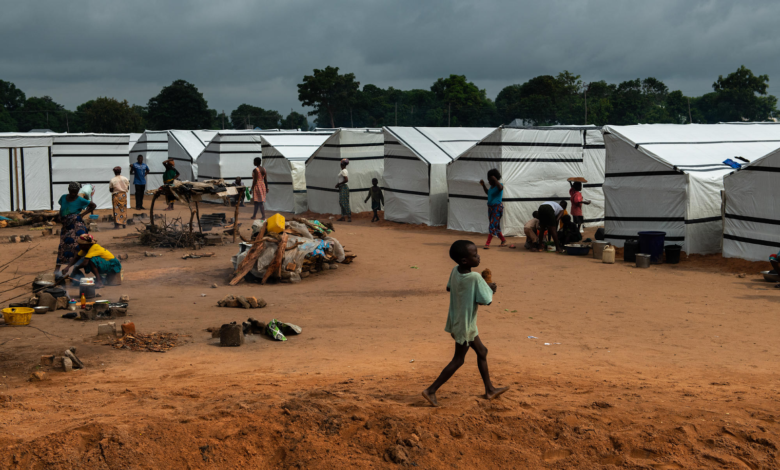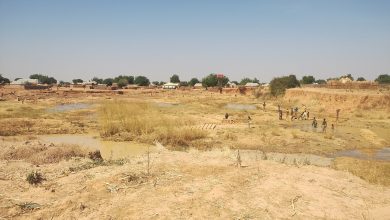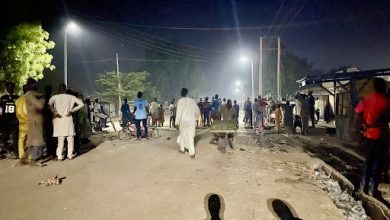Over A Million Displaced In Nigeria’s Northwest, Northcentral
Benue state in north central Nigeria hosts the most significant number of Internally Displaced Persons (IDPs) accounting for 443,314 displaced persons.

Over a million people have been displaced from their homes in northwest and northcentral zones of Nigeria, the International Organisation for Migration (IOM) has revealed.
The Internally Displaced Persons’ (IDPs) population in camps and camp-like settings including those in host communities added up to 1,087,875, the organisation says through its Displacement Tracking Matrix (DTM), adding that it signifies a 12.2 per cent increase compared to the population in December 2021.
These figures exclude displaced persons in the Northeast, where over 2 million were displaced. However, the latest DTM report for the region which was released in June shows that more than half of them have been returned to their hometowns or resettlement sites.
Data collection for the report took place from August to September 2022 in 1,600 communities across eight states. Benue, Nasarawa, Plateau in the north central zone, and Kaduna, Kano, Katsina, Sokoto and Zamfara in the northwest.

Increase of IDP population over time. Graph: IOM
The report explains that similar to previous assessments, the highest displacement concentration was recorded in Benue, a state in the north central region that accounted for 41 per cent of the total IDP population in the zone.
For a decade, Benue state has faced continuous farmer-herder attacks as well as communal clashes over land and resources that has killed hundreds. This has also led to the displacement of many that currently face worsening humanitarian crises. In December 2021, HumAngle met with some of the displaced persons who lamented having inadequate shelter amidst hunger, starvation and diseases.
IOM also recorded the steepest increase of displaced persons in Zamfara state, northwest Nigeria, which amounted to 45.5 per cent. The report, however, states that the increase in Zamfara state can be explained by the assessment of Maru, Shikafi and Zurmi LGAs that were not accessible last year.
Reasons for displacement ranged from armed violence, communal clashes, natural disasters, and insurgency, the report noted. In Benue, 86 per cent were displaced by communal clashes, while 13 per cent were driven by attacks by herdmens, 1 per cent were displaced by armed banditry and kidnapping.
On the other hand, in Zamfara, 97 per cent of the newly displaced people fled due to armed banditry, while 2 per cent by natural disasters and 1 per cent were displaced due to insurgency.
States assessed in the northcentral had communal clashes as the most common reason for the fleeing of locals from their communities. While armed banditry and kidnapping was the most reported reason for displacement in the northwest.
The report showed that displacements caused by natural disasters such as floods, windstorm and torrential rainfall were most common in Kaita, Mashi, Mai’adua, Safana, Zango and Baure Local Government Areas (LGAs) of Katsina state. The state accounts for the highest number (23 per cent) of displacement by natural disasters.
About 20 per cent of displaced persons in north-central and north-west Nigeria are living in camps or camp-like settings while 80 per cent of IDPs are in host communities. Most of the newly displaced persons are women.
Support Our Journalism
There are millions of ordinary people affected by conflict in Africa whose stories are missing in the mainstream media. HumAngle is determined to tell those challenging and under-reported stories, hoping that the people impacted by these conflicts will find the safety and security they deserve.
To ensure that we continue to provide public service coverage, we have a small favour to ask you. We want you to be part of our journalistic endeavour by contributing a token to us.
Your donation will further promote a robust, free, and independent media.
Donate HereStay Closer To The Stories That Matter




